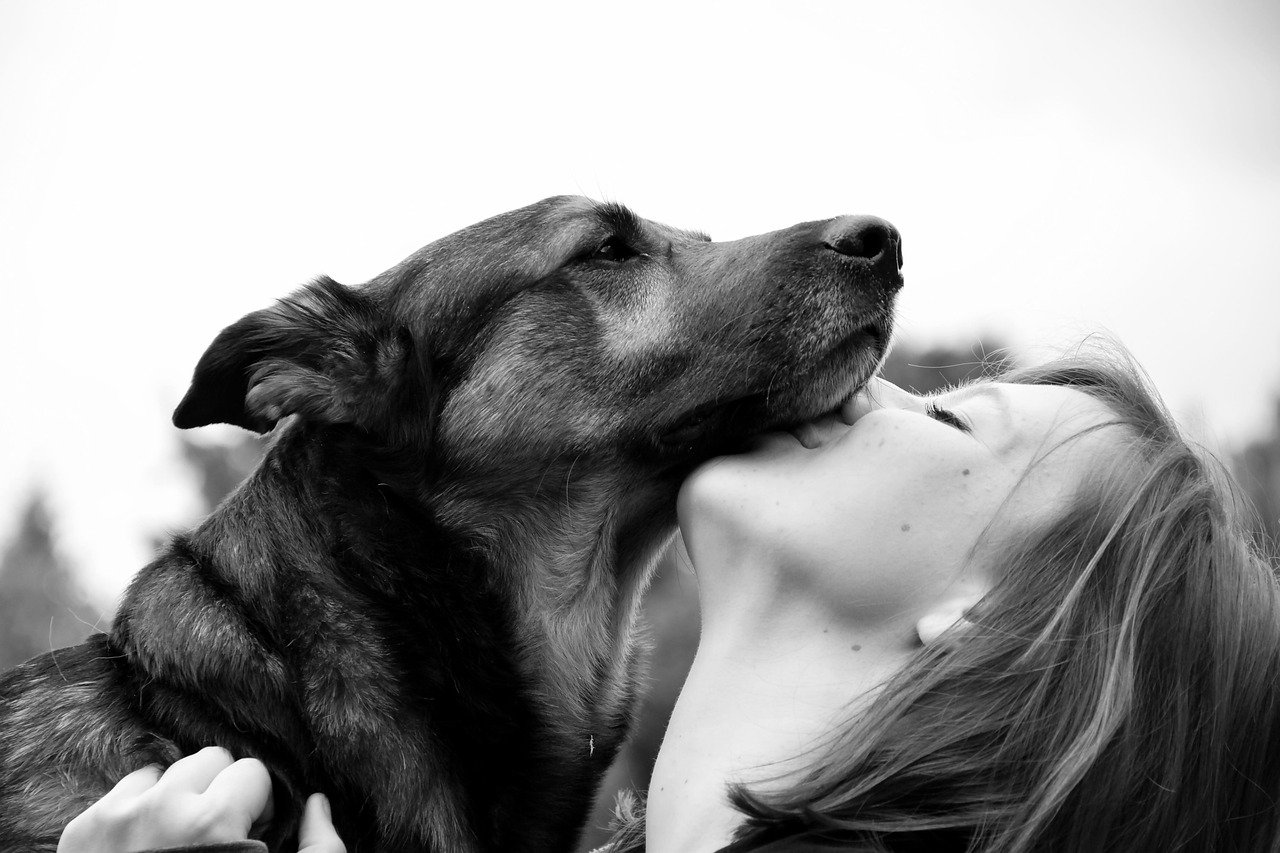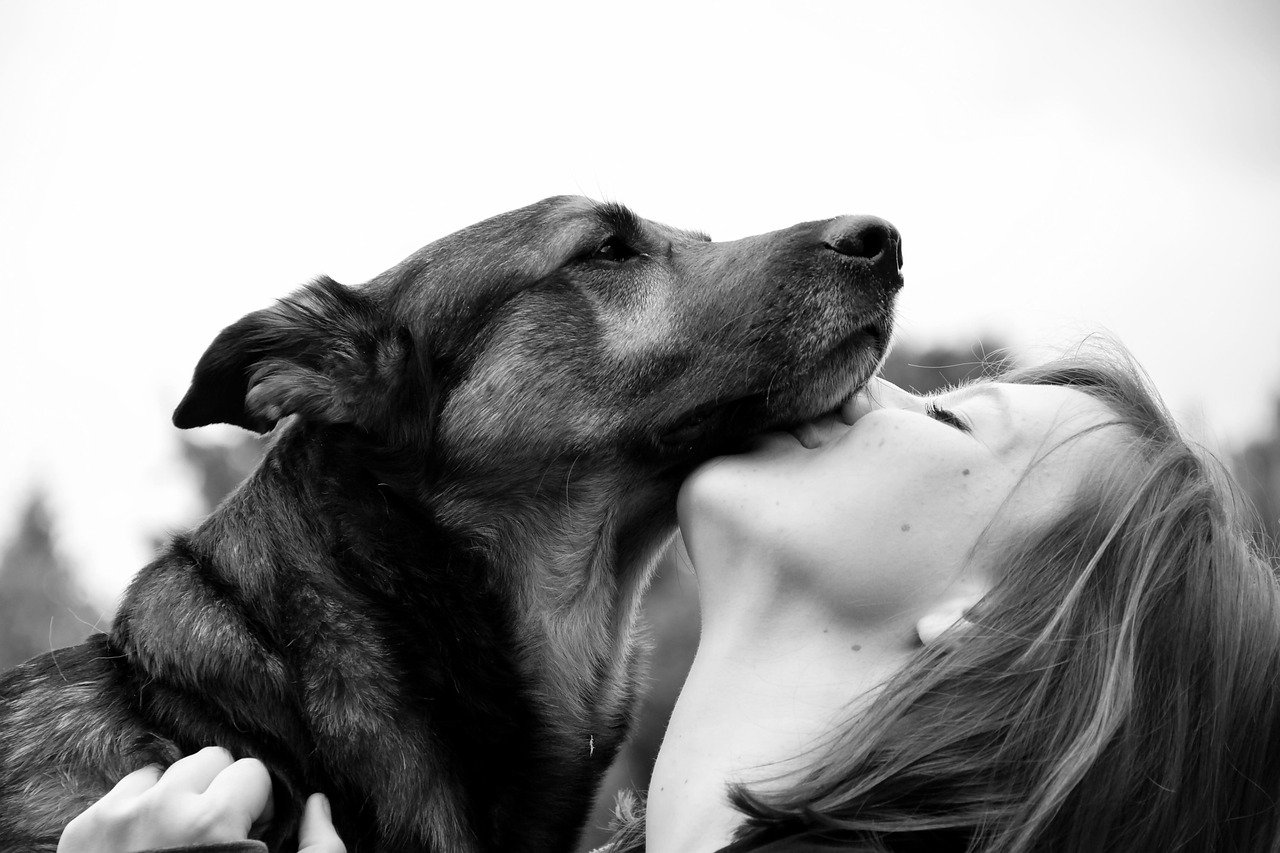Have you ever watched a dog greet their favorite human after a long day, tail wagging like a helicopter blade, their entire body practically vibrating with joy? Then compare that to your cat’s subtle head bump or slow blink when you walk through the door. Both are showing love, but in dramatically different ways. While cats certainly have their own sophisticated communication methods, dogs have evolved into remarkably expressive creatures that seem almost designed to connect with humans on a deeper level.
The relationship between our two most beloved pets reveals fascinating differences in how they’ve adapted to life alongside humans. Dogs, as pack animals, developed complex social skills that translate beautifully to human interaction. Their expressive nature isn’t just about being louder or more obvious – it’s about having evolved specifically to communicate across species barriers in ways that cats simply haven’t matched.
Dynamic Facial Expressions That Speak Volumes

Dogs have literally evolved specialized facial muscles that cats lack, particularly around their eyes. Research shows that dogs can raise their inner eyebrows intensely while wolves cannot, and they produce eyebrow movements significantly more often and with higher intensity than their wild cousins. This isn’t just coincidence – it’s evolution at work.
The famous “puppy dog eyes” expression actually resembles what humans produce when sad, potentially triggering our nurturing response. Scientists believe these expressive eyebrows developed because humans selected for dogs who could make these heart-melting expressions. Meanwhile, cats rely on much more subtle facial cues that humans often miss entirely.
Versatile Vocal Range That Adapts to Humans

Barking is actually quite unique to domestic dogs – while wolves do bark occasionally but much less frequently and with less variety, dogs have developed an extensive range of barks for various purposes. They bark to communicate both with each other and with humans. This versatility gives them a massive advantage over cats in cross-species communication.
Research reveals that humans are surprisingly good at interpreting different types of barks, even distinguishing between playful barks and warning barks. This allows dogs to effectively communicate their intentions through their vocal range. In contrast, studies show humans are terrible at interpreting cat vocalizations – even cat owners struggle to determine if their own cats are happy or sad from meowing alone.
Attention-Seeking Behaviors That Actually Work

Dogs produce more facial expressions when humans are watching them, and they don’t respond with the same level of expression when seeing food. This suggests dogs are actively trying to communicate rather than just expressing excitement. It’s like they understand the concept of an audience.
Both cats and dogs have learned that humans are essentially blind to their visual signals, but dogs have mastered the art of persistent communication. They’ve developed an almost superhuman ability to bark for extended periods because it’s incredibly effective at getting human attention. While cats do meow for attention, their approach is typically more intermittent and less sustained than a dog’s determined campaign for human interaction.
Body Language That Bridges Species Barriers

Dogs are remarkably overt in their physical communication compared to cats. Their tail wagging usually signals excitement and happiness, and they bark to express various emotions – whether defending against the mailman or requesting playtime. This directness makes them much easier for humans to read.
Cats often use subtle body language that requires careful observation. A twitching tail might indicate mild agitation, while slow blinks show trust and affection. Dogs use their bodies to convey emotions through obvious movements like tail wagging and ear positioning, while cats are much more subtle with their signals, using tails, ears, and eyes in ways that require deeper understanding to interpret.
Emotional Intelligence That Connects Deeply

Dogs have become incredibly skilled at reading and responding to human communicative cues – more so than chimpanzees, our closest living relatives. They excel at interpreting pointing gestures and following our gaze direction. This emotional intelligence creates a two-way communication street that’s remarkably effective.
Dogs show extraordinary sensitivity to human emotions, discriminating between and responding differently to emotional cues expressed through body postures, facial expressions, vocalizations, and even odors. These emotional cues can directly influence their behavior. While cats can certainly sense human emotions, their responses tend to be more reserved and less immediately obvious to their human companions.
Contextual Communication That Shows Understanding

Dog barks serve multiple purposes depending on the specific scenario – whether they’re barking at you, at another dog, or seemingly at nothing. Humans can decode these messages by considering the dog’s body language and the situation causing the barking. Dogs may bark for attention when they want inside, food, or petting.
A dog barking at a mail carrier creates a completely different message than barking during playtime, and most humans intuitively understand these contextual differences. While cats also use context in their communication – a meow at the door versus a meow in the kitchen – their range of contextual expressions is typically narrower and less varied than dogs’.
Interactive Feedback That Builds Relationships

Studies have found that canine facial expressions are directly influenced by human presence and attention level, suggesting a true communicative function rather than just emotional expression. This creates a feedback loop that strengthens the human-dog bond.
Interestingly, senior dogs appear less expressive in their communication, possibly because their established relationships with humans don’t require as much “work” to be understood. Working dogs and highly trained dogs show more expressiveness, likely because their roles demand fluent communication. This adaptability demonstrates dogs’ remarkable ability to calibrate their communication style based on their relationship needs and circumstances – something cats do far less obviously.
Conclusion

The communication gap between dogs and cats isn’t about one species being superior to another – it’s about evolutionary adaptation and the deep relationship dogs have developed with humans over thousands of years. Dogs have essentially become professional communicators in the human world, developing specialized muscles, vocalizations, and behaviors specifically designed to bridge the species barrier.
While cats communicate beautifully in their own subtle, sophisticated ways, dogs have taken the bold approach of meeting humans halfway in the communication game. They’ve learned to be expressive in ways that resonate with human psychology, from those irresistible puppy dog eyes to their varied barks that we can actually interpret. It’s no wonder they’ve earned the title of “man’s best friend” – they’ve literally evolved to speak our emotional language.
Have you ever noticed how your dog seems to “perform” more when you’re watching them?

Andrew Alpin from India is the Brand Manager of Doggo digest. Andrew is an experienced content specialist and social media manager with a passion for writing. His forte includes health and wellness, Travel, Animals, and Nature. A nature nomad, Andrew is obsessed with mountains and loves high-altitude trekking. He has been on several Himalayan treks in India including the Everest Base Camp in Nepal.






